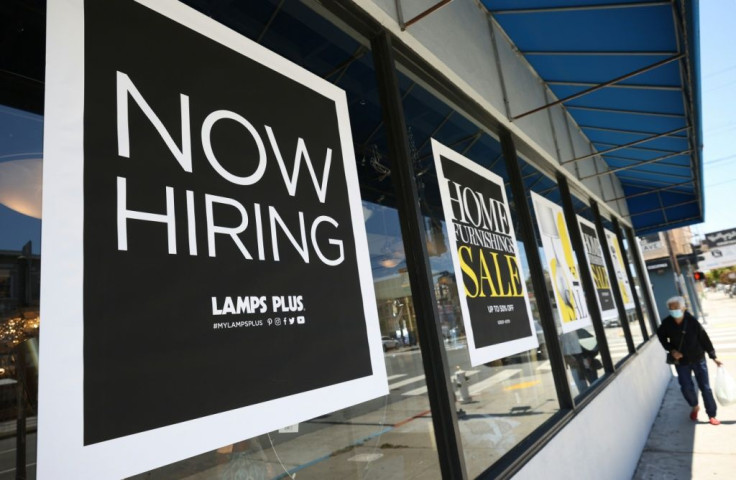US Job Growth Stalls As Unemployment Drops, Sending Conflicting Signals To The Fed

U.S. job growth is stalling as the unemployment rate drops, according to the payroll report released on Friday morning by the U.S. Bureau of Labor Statistics (BLS).
In November, the U.S. economy created 210,000 new jobs, up from a revised number of 546,000 jobs in October and below market forecasts of 550,000 jobs.
Most of the job gains were in professional business services, transportation and warehousing, manufacturing, and construction, partially offset by losses in retailing.
Meanwhile, the unemployment rate dropped to 4.2% from 4.6%, below market forecasts of 4.5%, meaning that labor becomes scarce, and explaining a 4.8% jump in earnings.
The news of stalling job growth and dropping unemployment came as a surprise to some economists. Robert R. Johnson, Ph.D., CFA, CAIA Professor of Finance, Heider College of Business, Creighton University, is one of them.
"While the top line jobs report was certainly disappointing -- an expected gain of over 500,000 with an actual value of only 210,000 -- that doesn't tell the entire recovery story," he said. "This anemic jobs report is counterbalanced by the robust report that the unemployment rate was 4.2%, less than the expected 4.5%."
Still, the job growth and unemployment numbers seem to contradict each other. If job growth is anemic, unemployment should rise, not fall.
What could explain this conundrum? The way BLS measures job growth and unemployment.
BLS measures job growth through the establishment survey, which collects statistics on payroll employment, hours, and wages each month from the payroll records of a sample of 144,000 businesses and government agencies.
BLS measures unemployment separately through the household survey of about 60,000 eligible households, which provides information on the labor force, employment, and unemployment.
When taken together, the two surveys give the "employment situation" of the U.S. economy for the month they are conducted.
The results of the two surveys are usually moving in the opposite direction. More robust job growth drives the unemployment rate lower as more people find jobs, leaving the ranks of unemployed. Conversely, weaker job growth means a higher unemployment rate.
But that isn't always the case, as the unemployment rate may fall for different reasons. One of them is that people drop out of the labor force altogether to take care of family members or retire.
Then there's the case of people choosing to work fewer hours than the threshold set by the household survey to be counted as unemployed.
What's the case for the November numbers? None of the above.
The number of persons not in the labor force who currently want a job stood at 5.9 million in November, little changed from the previous month. The labor force participation edged up to 61.8% in November, though it remains 1.5% points lower than in February 2020. The number of persons employed part-time for economic reasons stood 4.3 million, and little changed from the previous month.
That creates a sort of mystery that economists have yet to explain by looking at other things, such as self-employment statistics, productivity gains, and errors that may undercount the jobs created.
Meanwhile, the Federal Reserve must figure out what to do with monetary policy, as the two reports send conflicting signals about the state of the U.S. economy.
"More robust job growth would give the Fed more reason to begin tapering and raise interest rates. On the other hand, the combination of these two reports will likely prevent the Fed from pursuing a more restrictive monetary policy."
We have to wait to see what FOMC will decide in its next meeting.






